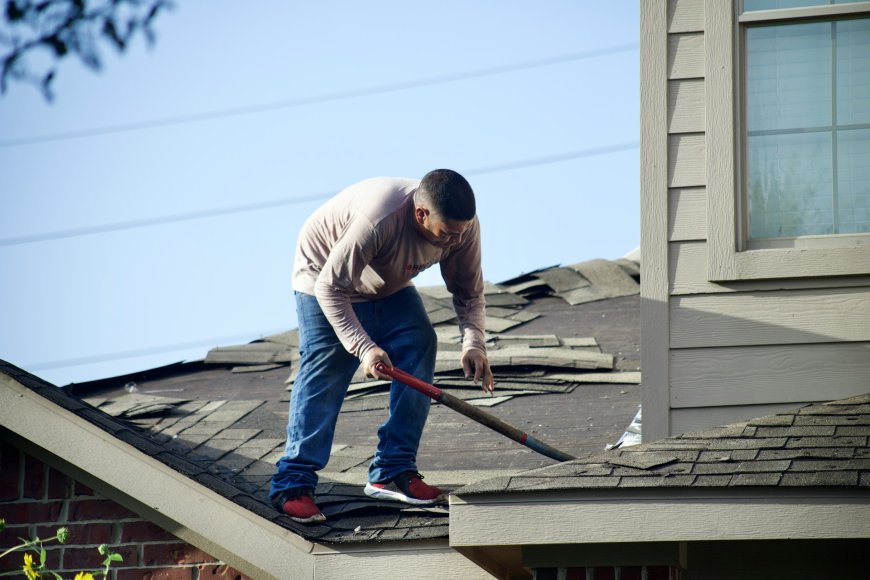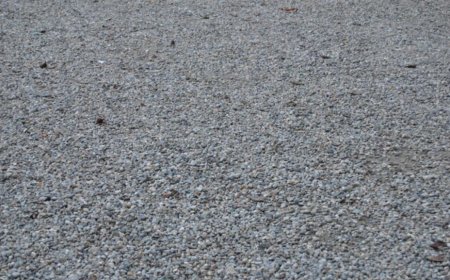8 DIY Emergency Roof Repair Tips
In this article, we’ll guide you through a DIY emergency roof repair to prevent further damage during the storm season.

When your home encounters an unexpected storm or heavy winds, you may experience roof damages that need to be fixed as soon as possible. Unfortunately, its not always possible to contact a professional for help, so you might need to deal with the emergency roof repair yourself. Whether its a fallen branch, leakage due to the daily wear and tear, or blown shingles, addressing them properly is a must. And if you dont address the damage right away, it may turn into an even bigger problem.
In this article, well guide you through a DIY emergency roof repair to prevent further damage during the storm season.
1. Safety First
Before climbing the roof and getting your tools, you should first inspect the affected area. Of course, if its still storming, wait until the wind and heavy rain calm down before fixing.
Once the affected area has been identified, you can then climb the roof. However, ensure that youre wearing safety gear and non-slippery shoes, and use a stable ladder. If you dont have the safety gear, you can borrow it from your neighbour, but dont go if you have no experience climbing roofs without safety gear.
2. Identify the Problem Area
As mentioned, identifying the problem area is one of the first things you need to do when dealing with a damaged roof. You can look for signs of water leakage, damaged or missing shingles, debris, and sagging areas or holes.
If you can see the damage even when you're standing on the ground, it means that you need to fix a big problem, but when its unnoticeable, you need to look for signs to identify where exactly the damage is.
3. Use a Tarp to Cover the Area
If the damage is bigger than expected, look for a tarp or a temporary waterproof cover that doesnt get blown away easily. Ensure that the tarp is installed safely, and dont forget to contact an emergency roof repair expert as soon as possible.
If possible, always have a tarp in your storage because it comes in handy during rainy days and storm seasons. In addition, keep tarps in various sizes because you should extend the covered area at least a few feet more from the damage.
4. Seal Minor Leaks with Roofing Cement or Sealant
If youre dealing with minor leaks, you can use a sealant or roofing cement to fix them. However, before applying the sealant or cement, you should first clean the affected area, dry it (so avoid applying while its raining), and double the layer once the first one dries up.
Although its not recommended to DIY roof fixes, there are times when you should do it to avoid facing bigger problems. Besides, if youre going to be careful, you can easily do it in just a few minutes.
5. Replace or Reinforce Shingles
If your problem is that a few shingles are missing or loose, and you have a few extras at home, replacing or reinforcing them is a great idea. It should be done before the storm or rain, or once the weather calms down.
Meanwhile, if you dont have spare shingles, you can use sealant, roofing nails, or roofing tape instead. If you dont want your shingles to be the problem, ensure to schedule regular roof maintenance to avoid these kinds of emergencies.
6. Clear Out Debris
Debris, such as leaves, branches, and other things brought by the wind, can clog the gutters and damage your roof. So, once the weather clears up, remove them immediately. If possible, use a leaf blower or other tools that you can use to remove the debris instead of climbing up. Meanwhile, if its impossible to remove the debris without climbing, you can do so, but ensure to wear safety gear and watch out for your steps.
7. Check the Interior
In some cases, you may still encounter some challenges even if youve already fixed the roof. So, once youre done, dont forget to check the interior of the affected area. For instance, if you have an attic and youre dealing with leakage, your things might get damaged further if you dont deal with them right away. In addition, the longer you leave your things wet, the higher the chance of having mildew, mould, and water stains.
8. Document Everything (for Insurance and Expert References)
Whether its for insurance or to submit to an emergency roof repair expert, documenting each step is necessary. Take some pictures of the damaged area, the process youve done to fix it, and the after part.
For insurance, photos can significantly help in filing claims and getting the financial assistance you need. As for the expert, having photos of the whole issue can help them identify the right thing to do to fix the problem that can last long.
Final Thoughts
Although the ideal thing to do is to call an expert, there are times when you just have to do it yourself to avoid having further problems. By considering the tips listed in this article, you can have a safe and successful DIY emergency roof repair.




































